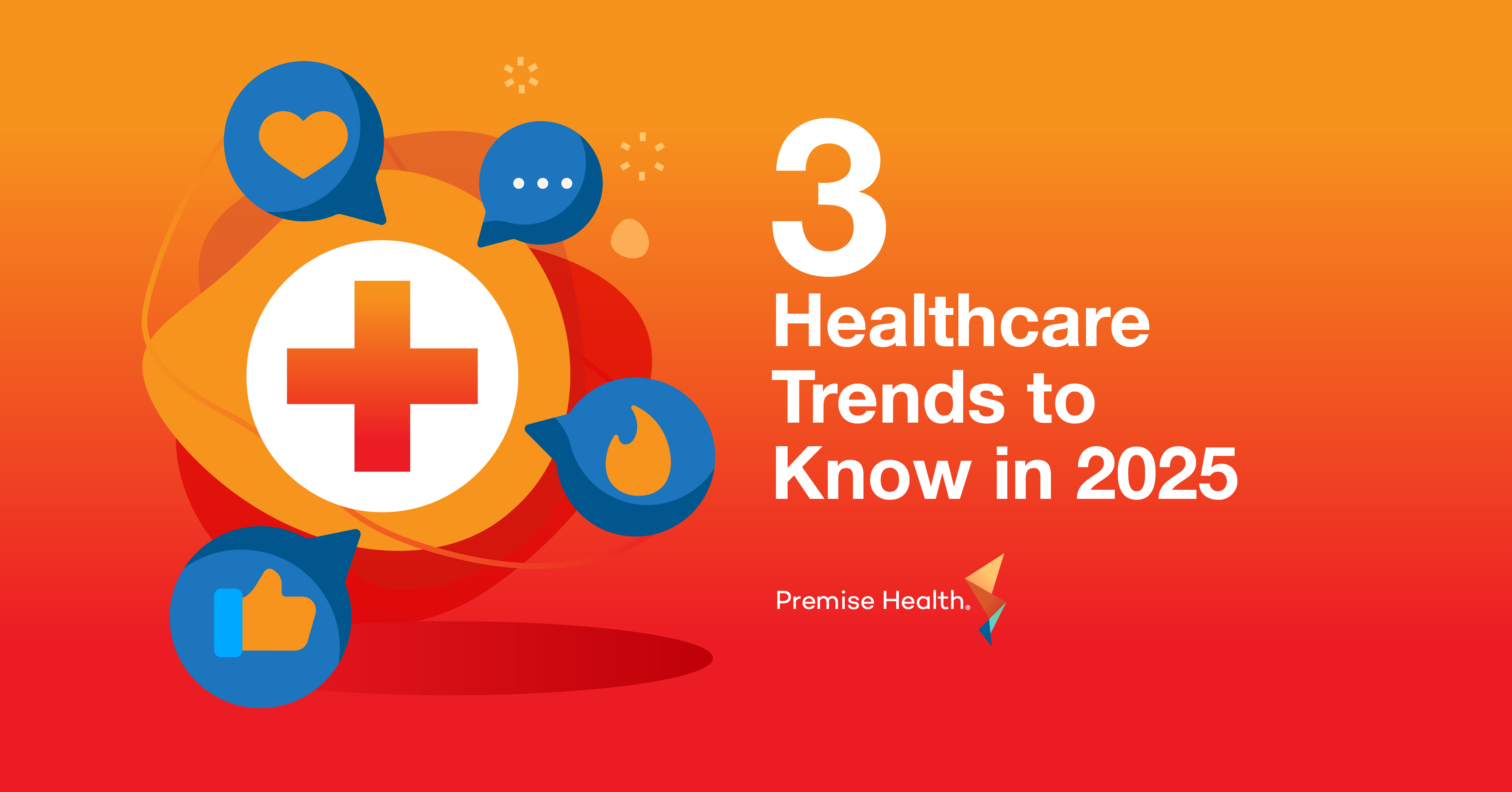Why You Need to Ensure Primary Care Access for Your Workforce
Large organizations are increasingly putting their healthcare benefits under a microscope as they deal with increasing costs, increased fiduciary duties, and worsening outcomes in their populations. While there are many causes behind these trends, a lack of primary care access in the community is a key factor in worsening healthcare outcomes and rising costs.
Many employees don’t have a primary care physician (PCP) because they don’t know how to find one or they can’t wait for an available appointment. Let’s break down why it’s so hard for your employees to connect with primary care and the value that your organization can receive when you ensure access is easy and worthwhile.
The Current Physician Shortage is Only Getting Worse
A current shortage of primary care providers is already interfering with people getting enough primary care. The Health Resources and Services Administration1 indicates that there is a deficit of more than 26,000 primary care providers. This shortage already is causing systemic issues such as longer waits for appointments, short appointment windows, and primary care deserts. The HRSA estimates that by 2036 the deficit will reach more than 33,000. The access challenges your employees are experiencing now will only be tougher to manage when there are fewer and fewer providers.
Prioritizing access to primary care in your benefits removes those challenges for your workforce and makes it more likely that they will be able to receive primary care where and when they need it. Even in provider deserts, you can implement benefits, such as a dedicated wellness center, that can guarantee your workforce has a provider available to them who can see them easily and conveniently.
Primary Care is Underinvested In
To put it directly: primary care is the only type of healthcare where more equals better. It is proven to reduce the needs for emergency room visits, inpatient hospital admission, and acute specialty care. However, an analysis conducted as part of Milbank’s The Health of US Primary Care: 2024 Scorecard Report found that primary care only accounted for 4.7% of spending across all insurance types. Meanwhile, ideal primary care spending should be between 10-15% of overall healthcare spending.
Primary care is in clear need of investment, and employers and other large organizations can step in for their populations. Aligning healthcare spend to recommendations and investing in primary care can solve for pervasive issues such as lack of access, high costs, unmanaged chronic conditions, or too much expensive downstream care such as emergency room visits, inpatient hospital admissions, and more.
Primary Care Investments Can Drive Significant Savings and Better Outcomes
Guaranteeing primary care access — such as through an advanced primary care partner — and helping your employees get plugged into their healthcare brings better health outcomes and lower costs.
To find out how much, Premise Health conducted a book of business study using a methodology validated by the international actuarial firm Milliman. We analyzed more than 148,000 eligible members across 19 organizations, one of the largest samples ever assessed in the direct healthcare industry. In this study, Premise-attributed members saw lower costs and better health than members attributed to community primary care. Some highlights include:
- 25% average total cost of care savings
- 39% increase in routine and preventive office visits
- 27% reduction in emergency room visits
- 37% reduction in inpatient hospital admissions
By helping their people get high-quality primary care when they needed it, employers helped them address health issues earlier. With this approach, employees and dependents stay healthier and experience fewer costly emergency room visits and hospital admissions.
Giving your employees benefits that make using primary care easy and convenient benefits everyone. Your employees will see better health, peace of mind, and out-of-pocket savings. Meanwhile, your organization will save on healthcare costs on a healthier, happier workforce.
To learn more about how Premise can help your employees engage with primary care, get in touch.
1Department of Health and Human Services, Health Resources and Services Administration, Health Workforce Projections. Available at https://bhw.hrsa.gov/data-research/review-health-workforce-research
Next on industry insights.

How to Futureproof Your Healthcare Benefits
Read the Blog
Why Partnering with an AAAHC Accredited Organization is a Win for Your Workforce
Read the Blog